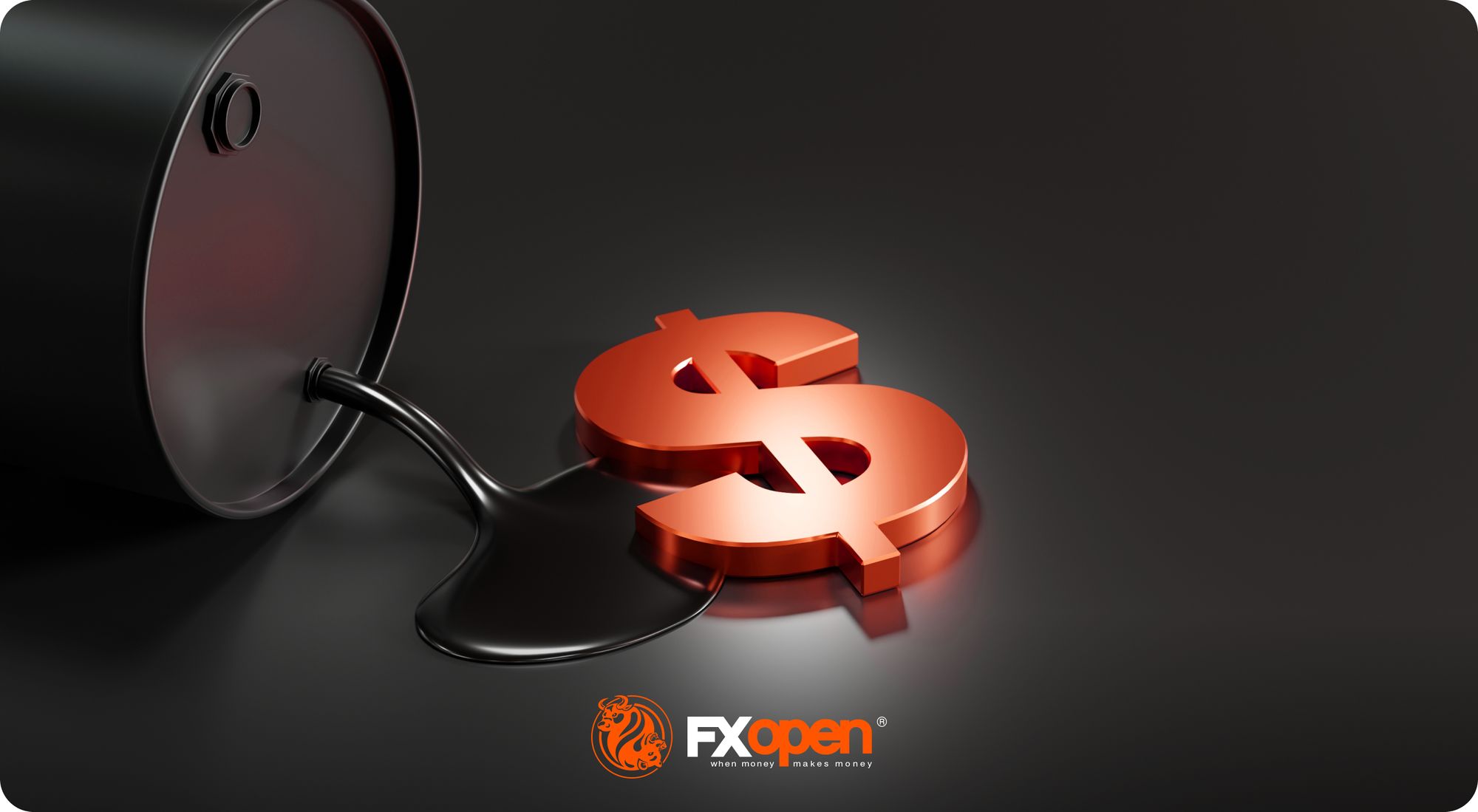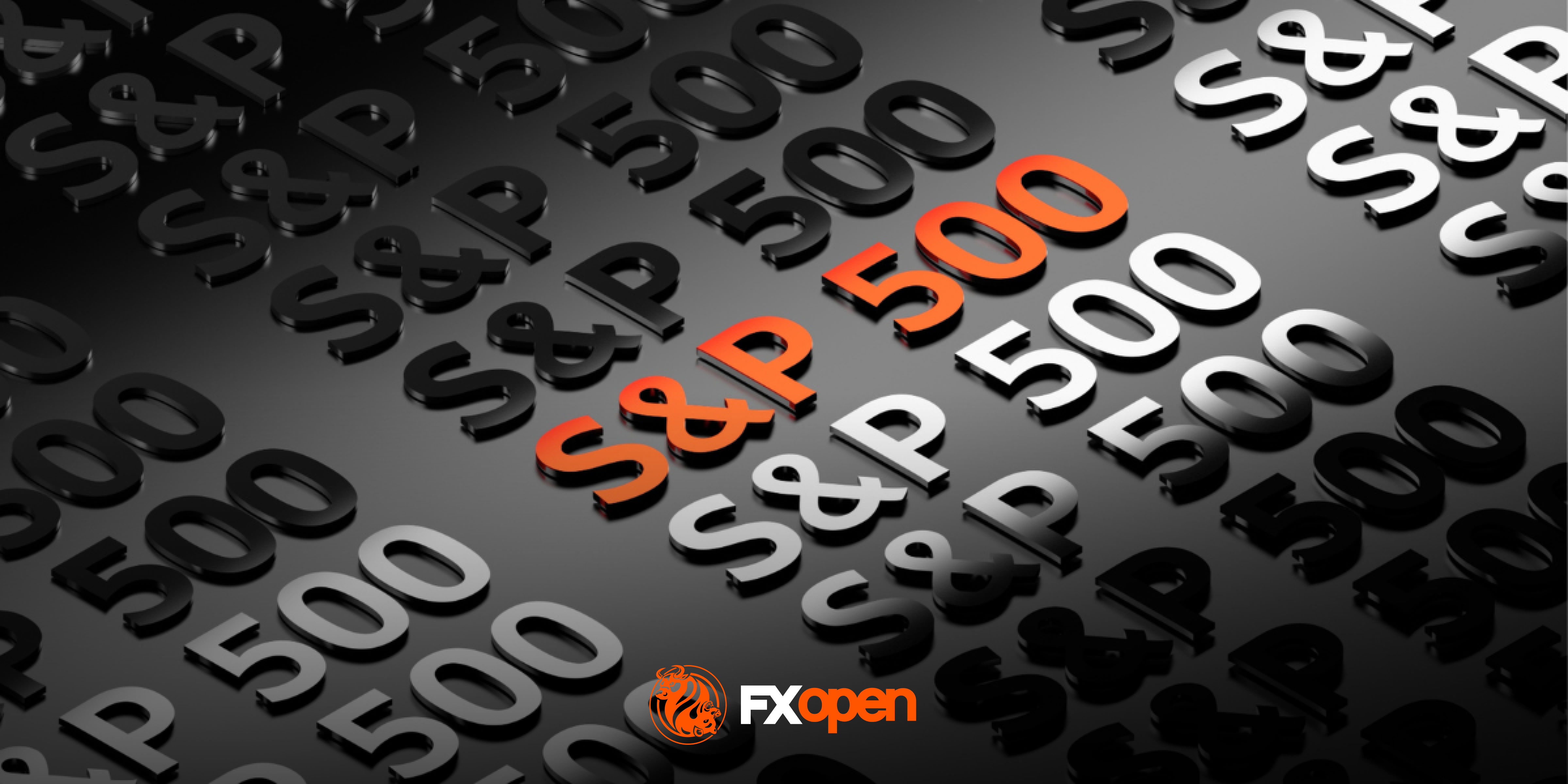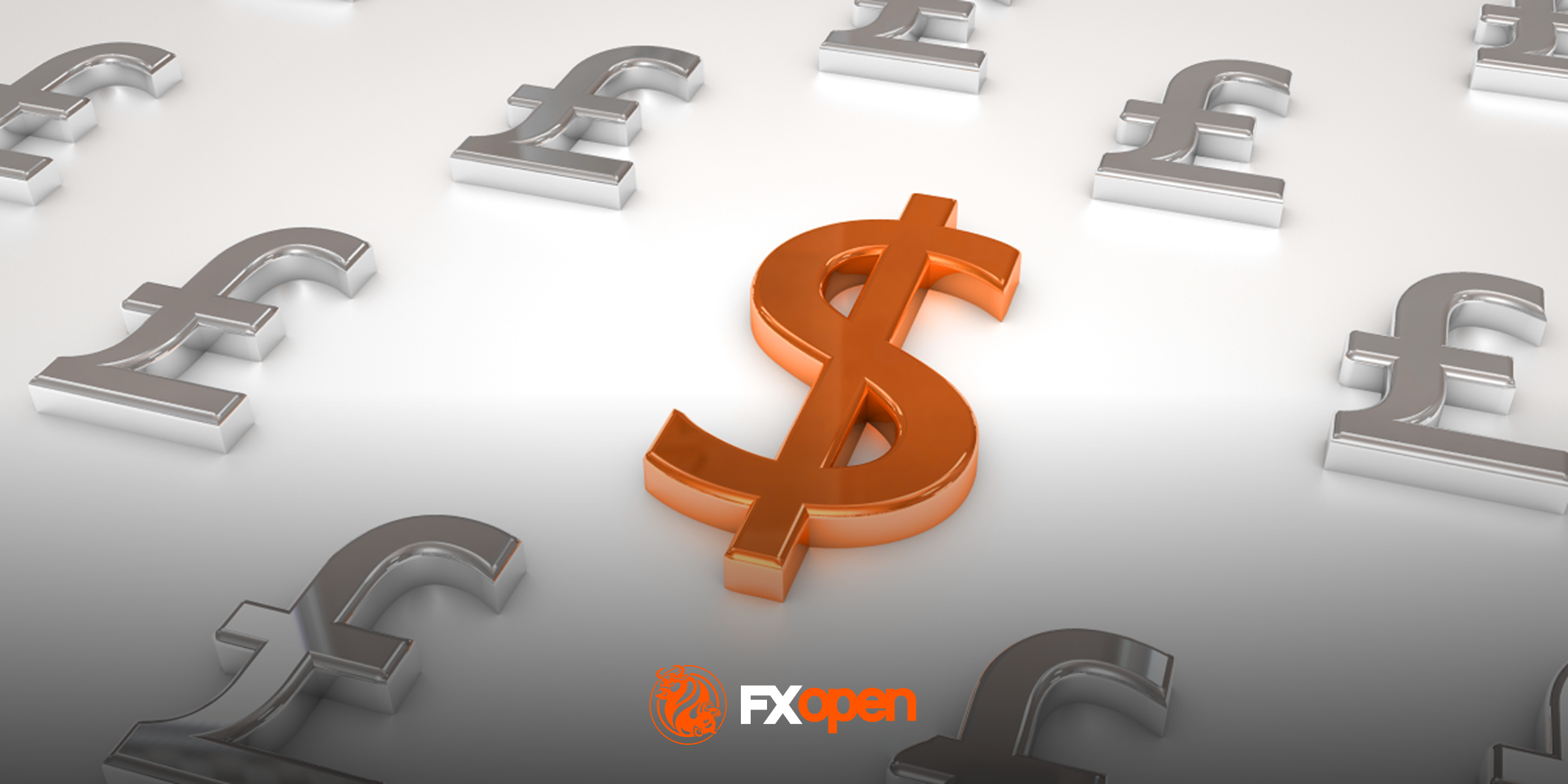FXOpen

The concept of petrodollars is an insightful topic to study. The petrodollar isn’t a specific currency but a financial system that reflects economic and political forces that have shaped international relations for decades. This concept is critical to understanding global trade dynamics and geopolitical strategies.
Petrodollar: Definition and Origins
A petrodollar refers to the US dollars earned by oil-exporting countries through the sale of oil to other nations. The term gained fame in the 1970s, a period marked by significant changes in the global economic landscape, particularly concerning energy resources and currency stability.
Historical Context
The petrodollar system received a significant boost in development as a result of economic necessity and geopolitical strategy during the turbulent 1970s. Key historical events, such as the collapse of the Bretton Woods system, the 1973 oil crisis, and the US–Saudi agreement, set the stage for the creation of the term ‘petrodollar’. These events emphasised the importance of securing stable economic fundamentals in the face of global uncertainty.
Bretton Woods Agreement
The Bretton Woods Agreement, established in 1944, created a system of fixed exchange rates anchored by the US dollar, which was convertible to gold. This system fostered post-war economic stability. The Bretton Woods Agreement led to the formation of the World Bank and the International Monetary Fund. The system eventually collapsed in 1971 when President Richard M. Nixon ended the dollar’s convertibility to gold. This collapse left the global economy searching for a new anchor.
1973 Oil Crisis
In 1973, the Organisation of Arab Petroleum Exporting Countries (OAPEC) declared an oil embargo against the US and other Western countries that supported Israel during the Yom Kippur War. The embargo prohibited oil exports to target countries and led to a reduction in oil production. The immediate impact was a sharp increase in oil prices. This crisis underscored the strategic importance of oil and prompted economic shifts.
US–Saudi Agreement
On 8th June 1974, Saudi Arabia entered into an agreement with the United States to accept dollars as the sole payment currency for its oil in exchange for the countries’ bilateral cooperation and US military support to the Saudi regime. This so-called ‘petrodollar agreement’ virtually pegged the value of the US dollar to global oil demand and ensured its continued dominance as the world’s main reserve currency.
Mechanisms of the Petrodollar System
The petrodollar system refers to the practice of trading oil in US dollars, as well as the broader arrangements that support it. Let’s see how it is manifested.
Oil Purchases
Global oil sales are predominantly in US dollars, regardless of the buyer or seller’s country. This practice means that countries buying oil must hold dollar reserves, which creates a constant global demand for dollars. This supports the currency’s value and gives the US significant influence over global financial markets. As a benefit, uniformity reduces currency risk and transaction costs.
Oil Sales
The settlement of oil transactions involves the transfer of dollars through international banking systems, although US banks are the most predominant. The US can exert economic pressure by restricting access to the dollar financial system, effectively imposing sanctions on countries.
Recycling of Petrodollars
Petrodollar “recycling” refers to the way oil-exporting countries utilise their oil revenue. These countries spend part of their oil revenues on foreign goods and services and save another portion as foreign assets. These assets can include deposits in foreign banks, bonds, and private equity investments. Ultimately, the foreign exchange earned by oil exporters from increased oil exports flows back into the global economy, hence the term “recycled.”
Economic and Political Implications
The petrodollar system has profound implications for the global economy and geopolitics.
Global Trade and Geopolitics
The petrodollar system standardises oil pricing, simplifies transactions, and reduces exchange rate risks for oil-importing countries, thereby facilitating smoother international trade flows. The petrodollar system cemented the relationship between the United States and Saudi Arabia, along with other oil-producing nations, forming a strategic alliance that would influence global politics for decades.
Oil-Exporting Countries
Oil-exporting countries reinvest revenues into exploration, drilling, and infrastructure projects, boosting oil production and driving technological advancements. Additionally, petrodollars allow oil-exporting nations to invest in the domestic economy and stimulate domestic growth.
US Economic Influence
The petrodollar system increased global demand for the dollar, solidifying its status as the world’s primary reserve currency. Oil-exporting countries holding large reserves of US dollars invest them in US government securities, which support the US economy. The demand for US dollars maintains a favourable trade balance for the United States. Oil transactions increasing the global circulation of dollars support US exports.
High dollar demand ensures ample liquidity in the forex market, making it the most widely traded currency. If you are interested in trading currencies such as the US dollar, explore popular USD pairs on the TickTrader platform.
Criticisms and Challenges
While the petrodollar provides economic and geopolitical advantages, it also exposes countries to a number of risks and challenges.
Economic Disparities
Critics argue that the petrodollar exacerbates global economic inequality. By concentrating economic power and benefits in the hands of a limited group of oil-exporting countries, it perpetuates inequality and prevents more equitable economic development. This concentration of wealth and influence often puts poorer countries at a disadvantage, as they find it difficult to compete on a world stage dominated by petrodollar transactions.
Dependency and Vulnerability
The petrodollar system also creates dependencies:
1. Oil-importing countries must maintain dollar reserves, potentially exposing their economies to changes in the USD rate.
2. Oil-exporting countries invest heavily in the US economy and financial instruments, making them vulnerable to economic fluctuations and potential restrictions by the US, such as sanctions.
3. The US economy profits from the capital inflows, as they help finance the federal budget and support economic growth. Reduced inflows may negatively impact the US economy.
4. Changes in geopolitical alliances, regional conflicts, and economic policies can impact the stability and future of the petrodollar system. The collapse of the petrodollar could have serious consequences for the US and global economy.
Future of the Petrodollar
The future of this system is uncertain, especially with the changing geopolitical landscape. Saudi Arabia has opted to terminate the 50-year petrodollar agreement with the US, and it expired on June 9, 2024, which was referred to as the end of the petrodollar in the news.
This agreement has been the cornerstone of the petrodollar system, and its expiration marks a significant shift. It means that oil will be traded in multiple currencies, including the Chinese yuan, euro, yen, and potentially digital currencies like Bitcoin. These efforts reflect a growing desire to reduce dependency on the dollar and diversify economic risks.
These changes may contribute to a more balanced global economic environment by weakening the influence of the dollar, creating a more multipolar currency system, and providing countries with greater financial autonomy.
Another threat to the oil-US dollar system is that countries seek sustainable energy alternatives and new economic alliances emerge. In particular, the shift to renewable energy could reduce the world’s dependence on oil, thereby decreasing the centrality of the traditional energy system and the US dollar, causing a reassessment of the existing order.
Final Thoughts
The petrodollar, born out of historical necessity and strategic agreements, may no longer be a cornerstone of economics and geopolitics. As global energy and financial systems evolve, the role of the petrodollar has become the subject of critical analysis and debate, and the recent termination of the US–Saudi agreement is a prime example of the changing economic and geopolitical landscape.
Changes may lead to revaluation of various currencies and market volatility. Those who are interested in catching market volatility and trading on news events, can open an FXOpen account and start trading various USD pairs.
FAQ
What Is the Petrodollar?
The petrodollar is the name of the system that reflects US dollars earned by a country through the sale of its petroleum to other countries. This term highlights the relationship between global oil sales and the US dollar.
When Was the Petrodollar Created?
The petrodollar concept was created in the mid-1970s. The turning point came in 1974 when the United States and Saudi Arabia reached an agreement that oil prices would be set exclusively in US dollars. This agreement followed the collapse of the Bretton Woods System and the 1973 oil crisis.
Why Is Oil Only Traded in Dollars?
Currently, oil is not only traded in dollars. Some oil-exporting countries use their national currencies, and the euro and Chinese yuan may be widely used for oil trading in the near future. Oil was traded in dollars mainly because of the 1974 US-Saudi agreement. It created a standard currency for oil transactions and reduced exchange rate risks. But since the agreement was terminated in June 2024, other currencies may become more common in oil transactions.
Is the US Dollar Backed by Oil?
No, the US dollar is not backed by oil. Since the end of the Bretton Woods System in 1971, no physical commodity has backed the dollar. However, the petrodollar system creates a close link between the dollar and the global oil trade, maintaining the value of the dollar through constant demand for it in international markets.
This article represents the opinion of the Companies operating under the FXOpen brand only. It is not to be construed as an offer, solicitation, or recommendation with respect to products and services provided by the Companies operating under the FXOpen brand, nor is it to be considered financial advice.
Stay ahead of the market!
Subscribe now to our mailing list and receive the latest market news and insights delivered directly to your inbox.








